Do Cats Groom Each Other? How It Strengthens Their Social Bonds
If you own a cat, you’ve seen them show love in many ways. They might rub against each other or gentle head-butting. One interesting thing they do is allogrooming, or grooming each other.
This act shows trust and helps make their social bonds stronger. Learning about this behavior can help you understand your cat’s social life better.
We’ll explore “do cats groom each other” and how this affects their social lives. This will help answer the question: What does it mean when cats groom each other?
Table of Contents
The Natural Grooming Behavior of Cats
Grooming is key for cats every day. It keeps their coat clean and healthy. It also helps with their well-being and how they interact with others.
Self-Grooming Habits and Their Importance
Watching your cat groom itself is common. They lick and groom to remove dirt and parasites. It also keeps their coat shiny and healthy.
Grooming helps cats relax and shows they are happy.
Evolution of Grooming Behaviors in Domestic and Wild Cats
Domestic cats groom like their wild ancestors did. Back then, grooming helped them avoid predators. Now, it’s more about staying clean and feeling connected.
Domestic and wild cats groom in similar ways. This shows grooming is a natural behavior for them.
Do Cats Groom Each Other? Understanding Allogrooming
Allogrooming, or cats grooming each other, shows how complex their social lives are. It’s more than just showing love; it’s crucial for their social bonds.
Definition and Recognition of Mutual Grooming
Mutual grooming, also known as allogrooming, occurs when cats engage in grooming one another. They might lick, nibble, or gently bite each other’s heads, necks, or backs. You can identify this behavior by observing cats as they purr or knead, which indicates their relaxed and contented state.
To spot allogrooming, watch for cats in positions that let them groom each other’s tricky spots. This behavior demonstrates their mutual trust and comfort levels with one another.
Prevalence of Allogrooming in Domestic Cat Populations
Allogrooming is common in domestic cats, especially in homes with many cats. Studies show that cats who live together groom each other to strengthen their bonds and feel part of a community.
It’s more likely to see your cats grooming each other if they’ve grown up together or have a history of positive interactions. This behavior is a sign of a healthy and harmonious feline family.
The Science Behind Feline Social Grooming
When we ask do cats groom each other, the answer reveals more than just showing love. It’s a complex mix of biology and brain functions. Watching your cats groom each other shows a deep connection between them.
Biological Mechanisms at Work
Cat grooming between felines is powered by natural biological processes that facilitate bonding and relaxation. When cats groom each other, they release special chemicals that make them feel calm. This behavior also lowers stress and anxiety, making their environment more peaceful.
Hormonal Responses During Mutual Grooming
During mutual grooming, cats have special hormonal responses that strengthen their bond. The “love hormone,” oxytocin, is released, helping cats feel more connected. This hormone is linked to trust and attachment, making their relationship stronger.
Neurological Benefits of Social Grooming
Social grooming has big neurological benefits for cats, like less stress and a better mood. Grooming activates the brain’s reward centers, releasing happy hormones. This behavior serves as a foundation for maintaining healthy social dynamics among cats.
Understanding the science behind feline social grooming helps us see how complex it is. It’s not just about showing love. It’s a mix of biology, hormones, and brain functions that make their bond strong.
When Cats Start Grooming Each Other
Understanding do cats groom each other can tell you a lot about their relationship. It shows they care for each other, trust, and feel safe. This is a key part of their social life.
Kitten Development and Learning from Mother
Kittens start grooming early, learning from their mom. This teaches them about cleanliness and helps them bond. Motherly grooming makes kittens feel safe and comfortable with touch.
This is important for their growth into well-adjusted adult cats.
Adult Cats Establishing New Grooming Relationships
Adult cats can also form new grooming bonds with other adults or kittens. This happens when a new cat joins the family. Through gradual interaction, they develop trust and begin engaging in mutual grooming behaviors.
Their personalities, ages, and past experiences affect these relationships. Understanding this dynamic enables you to establish a harmonious environment for all your feline companions.
Social Hierarchy and Grooming Patterns
Grooming in cats is more than just keeping clean. It’s key in showing who’s in charge. Watching how cats groom each other can tell us a lot about their social order.
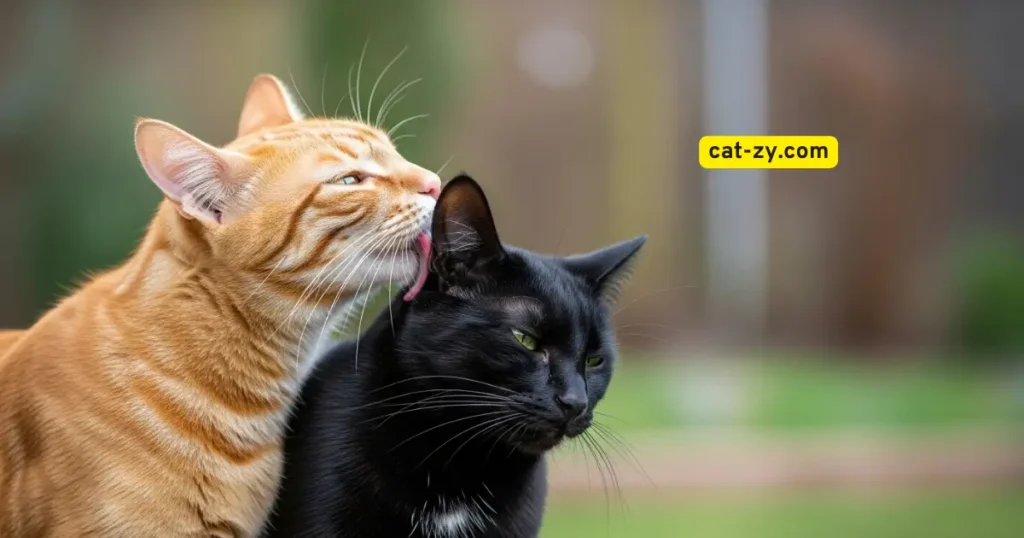
Dominant vs. Submissive Grooming Behaviors
Grooming in cats can mean love or a show of power. Dominant cats groom the lower ones to show they’re in charge. Conversely, subordinate cats will groom dominant ones as a gesture of respect or to provide comfort. Knowing this can help cat owners keep their pets happy and well-behaved.
How Grooming Establishes and Maintains Social Rank
Cat grooming serves as an essential method for establishing dominance hierarchies. It helps them stay friends and keeps order in the house. The top cat usually starts or gets more grooming, keeping things peaceful.
Building Trust Through Mutual Grooming
Understanding do cats groom each other unveils their trust-building process. This becomes particularly important in multi-cat environments. It helps them live together peacefully.
The Role of Vulnerability in Grooming Interactions
Mutual grooming shows cats trust each other. They let their guard down, showing they feel safe. This is a sign of trust.
Grooming also makes cats feel relaxed. It releases oxytocin, known as the “love hormone.” This hormone helps cats feel more at ease with each other.
How Grooming Strengthens Cat Relationships
Grooming makes cats feel comfortable and trusting. It strengthens their bond. This is important in homes with many cats.
By grooming each other, cats reduce stress and anxiety. This makes their home environment better.
The Trust-Building Timeline Between Cats
Building trust through grooming takes time. The outcome varies based on individual feline temperaments and their previous social encounters. It can take weeks or months.
Being consistent and patient helps cats trust each other. A loving home encourages them to bond strongly.
Family Bonds: Grooming Between Related Cats
Grooming is key in building family ties among cats. When you wonder do cats groom each other, you’ll notice this especially if they’re related. This act deepens their bond and is a natural part of their social life.
Mother-Kitten Grooming Dynamics
The relationship between a mother cat and her offspring develops through grooming interactions. From the start, the mother cleans her kittens, giving them comfort and a clean coat.
Functional Aspects of Maternal Grooming
Maternal grooming extends beyond simple hygiene maintenance for the kittens. It also teaches them social skills. This early interaction is essential for their growth.
Emotional Bonding Through Grooming
Through grooming, the mother cat establishes a deep emotional connection with her kittens. This connection becomes fundamental to their feelings of security and trust.
Sibling Grooming Relationships
As kittens grow, they start grooming each other. This builds their social bonds. Sibling grooming shows affection and strengthens their lifelong connection.
Unrelated Cats and the Development of Grooming Bonds
Unrelated cats can become great friends and even groom each other. The success of this process relies on individual cat personalities and introduction methods. It’s important to introduce them slowly and in a controlled way to avoid conflicts.
Stages of Acceptance Between New Cat Companions
Developing a grooming bond between unrelated cats takes several stages. At first, cats may be cautious and keep their distance. As they get more comfortable, they may show affection like rubbing or grooming.
Gradual introduction is crucial for cats to accept each other. Start by keeping them separated and letting them get used to each other’s scents and sounds. Once they seem okay, you can let them meet under close supervision.
Signs That Cats Have Formed a Grooming Bond
Cats that develop grooming relationships display clear indicators of affection and mutual trust. They might mutually groom, gently licking or nibbling each other’s fur. They also rub their faces and bodies together, marking each other as their own.
If you see your cats grooming each other, it’s a sign of a strong bond. Encourage this by creating a harmonious and stress-free environment. Make sure your cats feel comfortable and secure.
Common Grooming Locations and Techniques
Cats have special ways of grooming each other. They pick certain spots to groom, showing how they bond. Knowing these grooming locations and techniques helps us understand their social ties.
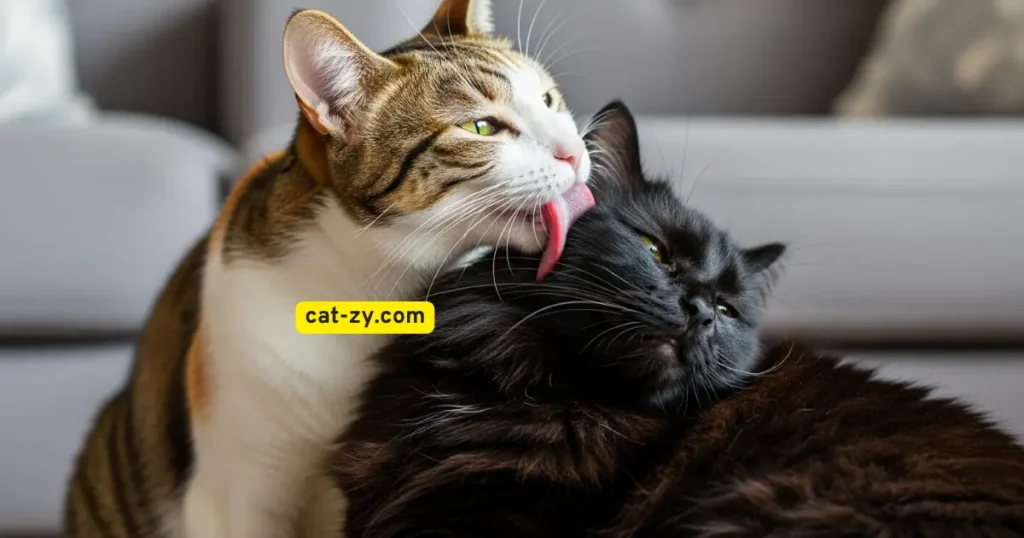
Preferred Body Areas for Social Grooming
Cats usually groom each other on the head, neck, and back. These areas are hard for them to groom alone. So, mutual grooming is key in their social life.
Different Styles and Intensities of Allogrooming
The methods cats use for grooming each other vary considerably. Some cats lick or nibble softly, while others groom more roughly. The intensity and style of grooming show how close they are and how comfortable they feel with each other.
When Mutual Grooming Becomes Excessive
Mutual grooming is a common feline behavior, but excessive grooming can show stress or anxiety. Cats grooming each other typically represents affection. However, a boundary exists between healthy grooming and excessive behavior.
You might see your cats grooming each other more or harder than before. This could mean trouble, as it might harm their health or cause deeper problems.
Overgrooming and Stress-Related Behaviors
Overgrooming can cause skin problems and health issues in cats. It’s linked to stress-related behaviors, like eating less or meowing more. If your cat is grooming its friend too much, it might be stressed or anxious.
When to Be Concerned About Abnormal Grooming Patterns
Be worried about abnormal grooming if you see excessive hair loss, or skin problems, or if your cat doesn’t want to play. Watching your cat’s grooming and health closely can help spot issues early. If you’re worried, talk to a vet to check for medical problems.
Encouraging Positive Grooming Behaviors in Multi-Cat Households
Grooming is key for cats to bond. In homes with many cats, it’s important to make a space that supports this. This way, you can help your cats get along better and make your home a peaceful place.
Creating a Harmonious Environment for Cat Bonding
To help cats groom each other, make sure they have enough room. A big, comfy space lets them play and interact without feeling cramped. Give each cat its spot and places to hide if they needs to.
Techniques to Foster Positive Relationships Between Cats
Positive reinforcement proves highly effective for fostering strong relationships between cats. Give them treats and praise when they act calm around each other. Also, introduce new cats slowly to avoid fights.
Addressing Tension and Conflict That Prevents Grooming
If your cats fight or show tension, find out why. Keep food, water, litter, and scratching posts separate to cut down on fights. Also, add more vertical space so cats can watch without feeling scared.
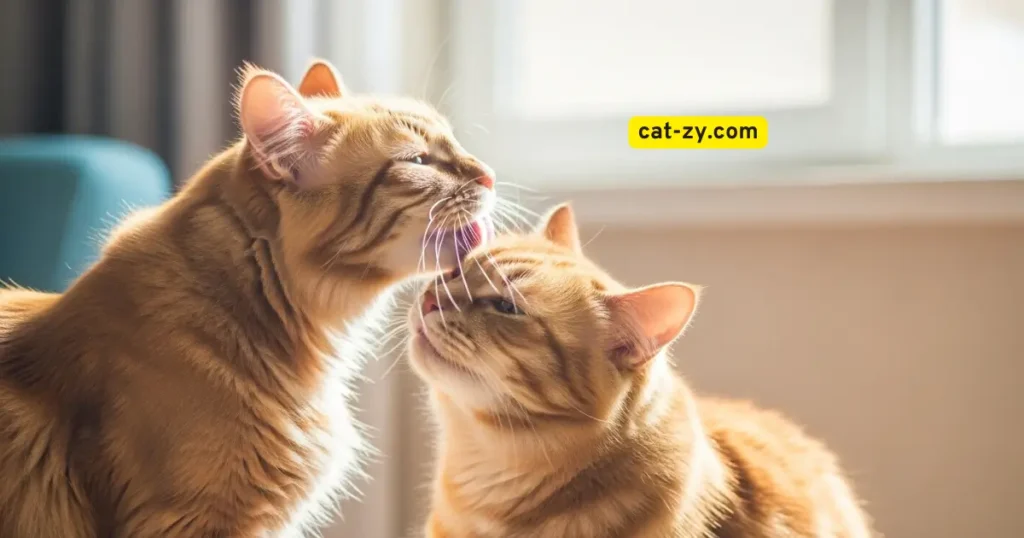
Conclusion: The Profound Significance of Feline Mutual Grooming
Feline mutual grooming is key to cat behavior. It strengthens social bonds and makes a multi-cat home peaceful. This behavior helps cats trust each other, follow a social order, and feel united.
This grooming is more than just cleaning. It involves biology, hormones, and the brain. Knowing its importance helps make your home better for all cats.
By spotting grooming signs and making a good environment, you help cats get along. Grooming brings them together, lowers stress, and makes them feel part of a group.
FAQ
Why do cats groom each other?
Cats groom each other to strengthen their social bonds. It helps them establish trust. It also promotes a sense of calm and well-being.
What is allogrooming in cats?
Allogrooming is when cats groom each other. It’s different from self-grooming.
How do cats establish grooming relationships?
Cats start grooming relationships through initial contact and acceptance. It begins with mother-kitten interactions or between littermates. Trust grows over time.
Can unrelated cats develop grooming bonds?
Yes, unrelated cats can form grooming bonds. It takes time, patience, and a harmonious environment.
What are the signs that cats have formed a grooming bond?
Signs include mutual grooming and relaxed body language. They also show a general sense of calm around each other.
How can I encourage positive grooming behaviors in my multi-cat household?
Create a harmonious environment and provide enough resources. Gradually introduce cats in controlled environments to prevent conflicts.
At what point should excessive mutual grooming become a concern?
Be concerned if excessive grooming leads to overgrooming or stress. Look for signs of anxiety or aggression.
What are the preferred body areas for social grooming in cats?
Cats often groom each other’s heads, necks, and backs. These areas are sensitive and hard to reach.
How does social hierarchy influence grooming patterns in cats?
Social hierarchy affects grooming patterns. Dominant cats often initiate or receive more grooming from submissive cats.
Do cats groom each other naturally?
Yes, cats naturally groom each other as an instinctive social behavior.

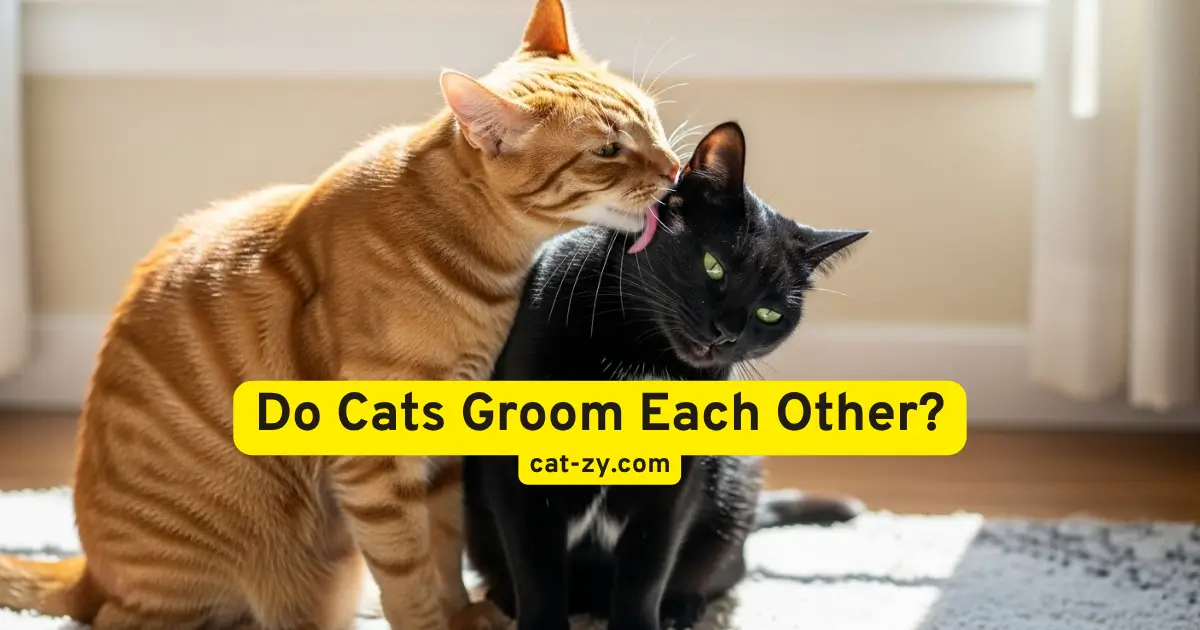
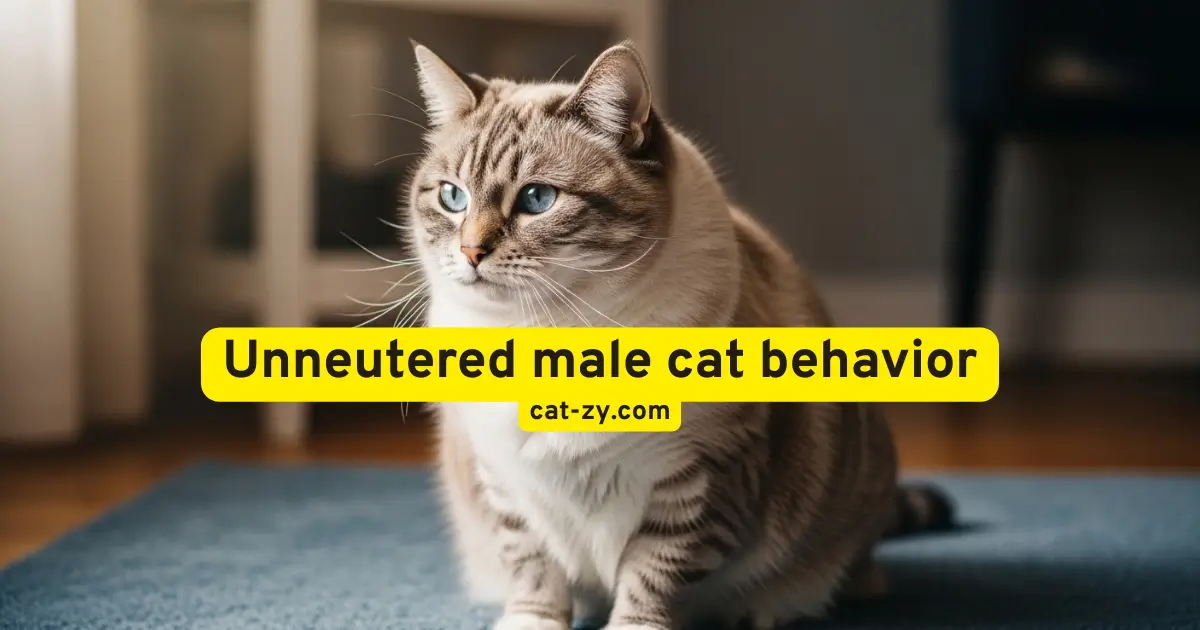

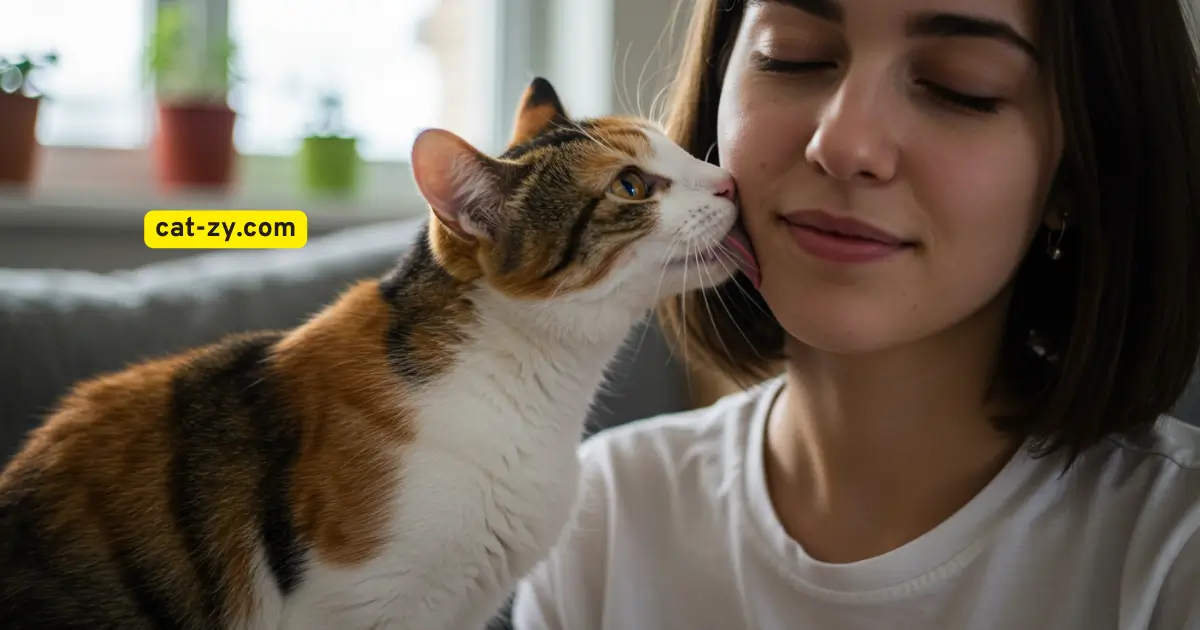
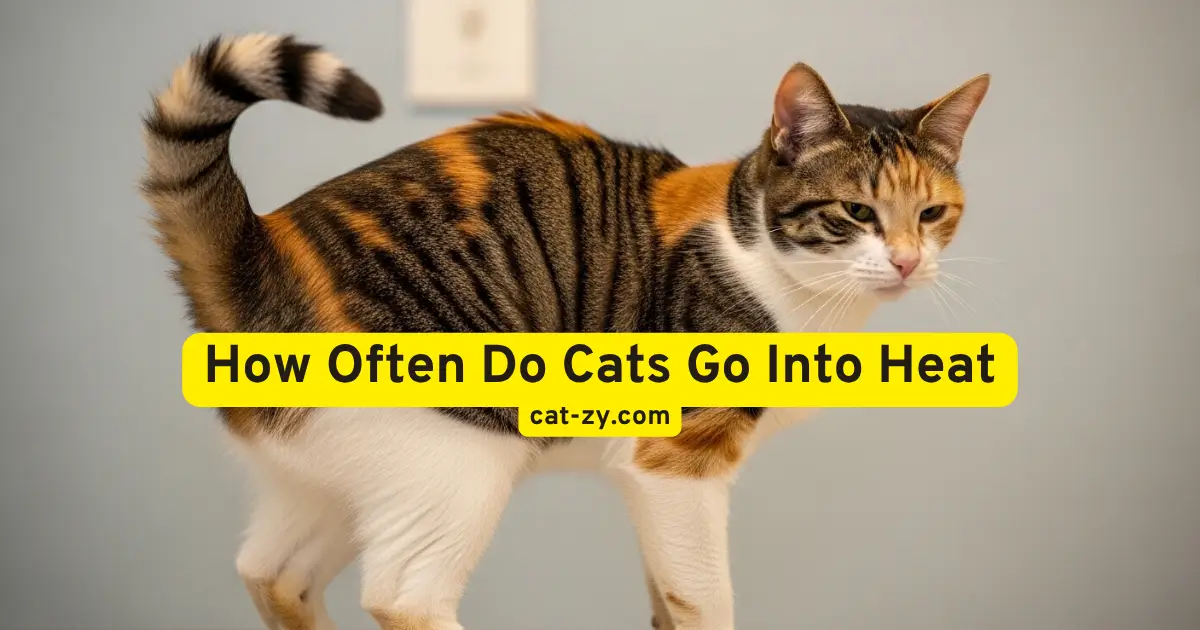
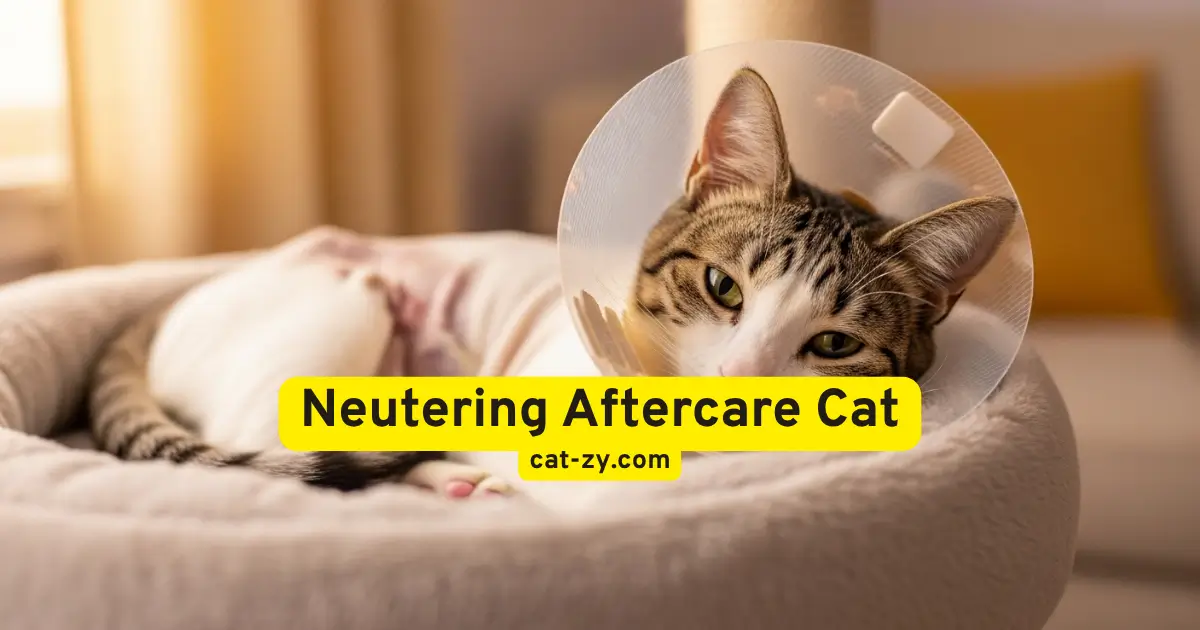
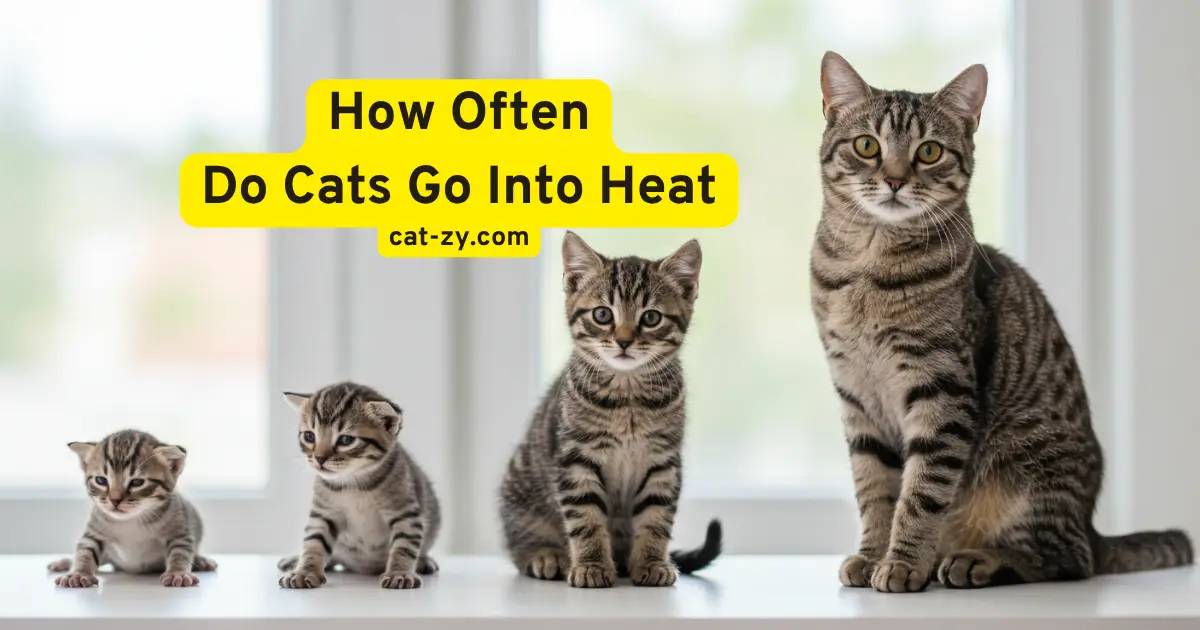
One Comment
Comments are closed.